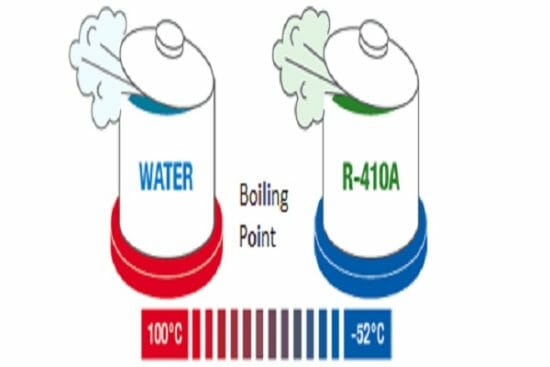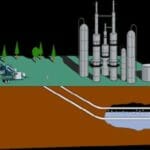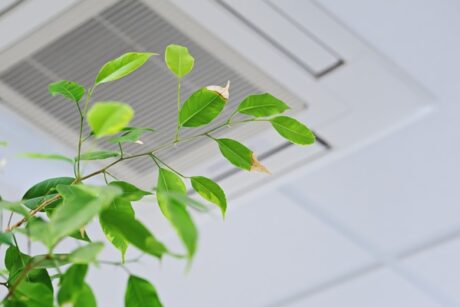No data found for Custom Course Number
No data found for Custom Course Units
Intended Audience: HVAC & Mechanical Engineers
PDH UNITS: 6
In refrigerating systems, the fluid that absorbs heat and transfers it to a heat sink, usually with a phase change is called “Refrigerant”. Due to several environmental issues such as ozone layer depletion (ODP), global warming (GW) and their relation to the various refrigerants used, the refrigerant handling, storage and recovery has become one of the most important issues in recent times. EPA Section 608 of the Clean Air Act is an extremely important law for the owners/operators of refrigerant-containing appliances and the HVAC technicians who service them.Section 608 prohibits individuals from intentionally or knowingly venting ozone-depleting substances, such as the chlorofluorocarbons (CFCs) and hydrochlorofluorocarbons (HCFCs) commonly found in refrigerants. Furthermore, Section 608 establishes guidelines for how refrigerants containing CFCs and HCFCs are collected and recycled. It also outlines the certification requirements for refrigerant recycling and recovery equipment, technicians who handle refrigerants, and individuals who reclaim refrigerants. This 6-hour course outlines some of the safe handling, storage, recovery and disposal of refrigerants.To work on stationary air conditioners and refrigeration systems, you must be certified under Section 608 of the Clean Air Act. This course serves as a guide for technicians, O&M personnel, HVAC engineer, designers, facility managers, HSE personnel working in the air-conditioning and refrigeration trades.
Learning Objectives:
At the successful conclusion of this course, you will learn the following knowledge and skills:- Describe the effects of CFC, HCFC and HFC on the world’s ozone layer.
- Explain the Federal Clean Air Act
- Explain the ozone layer depletion and its impact on our environment.
- Understand the regulations and certification requirements of EPA Section 608
- Understand the environmental, health and safety concerns of refrigerants
- Understand how refrigerants are associated with ozone depletion and global warming
- Understand how to conserve refrigerants and control leakages
- Explain the differences between virgin, recycled, and recovered refrigerant.
- Explain the differences between disposable and refillable refrigeration containers.
- Understand the shipping and labeling requirements of refrigerant cylinders.
- Understand the refrigerant retrieval requirements for small appliances, high-pressure and low-pressure appliance.
- Understand the safety requirements when handling refrigerant equipment’s.
Course Reviews
5
- 5 stars1
- 4 stars0
- 3 stars0
- 2 stars0
- 1 stars0
Once completed, your order and certificate of completion will be available in your profile when you’re logged in to the site.











Excellent review of Refrigerant Requirements.